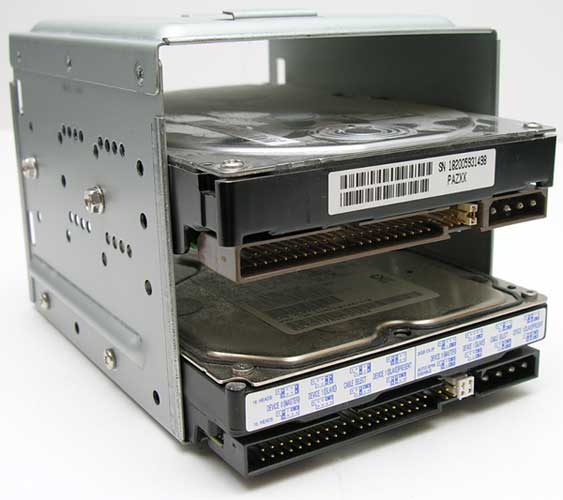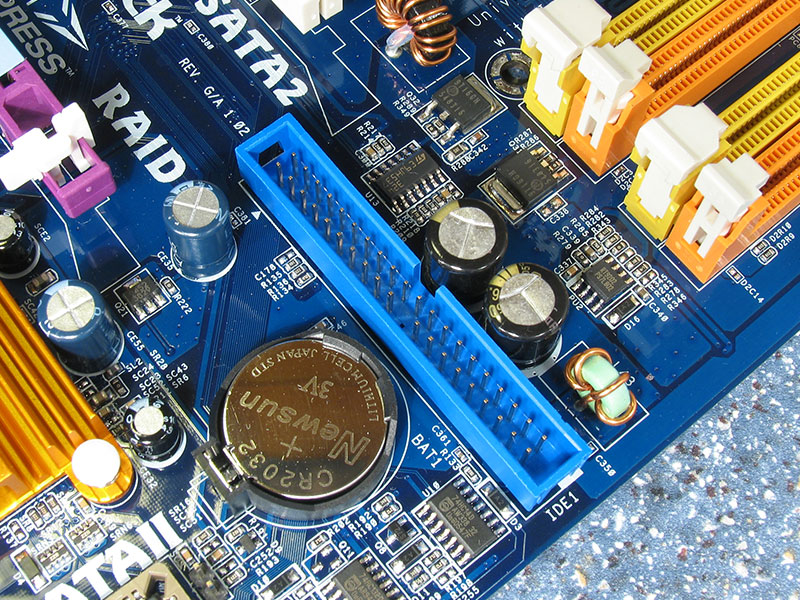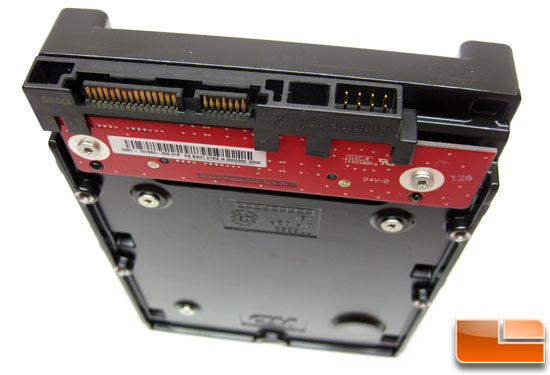JTTundra2007
Obliviot
Had a 7 year old Emachines tower running XP home. It quit! The shop said motherboard burnt. So I took the HDD out of it and scrapped the rest.
Bought a new Lenovo running Win 7 home 64bit.
Here is my issue: I run a very old billing program for the business. The software company has no upgrades nor are they upgrading to run the program run on Win 7.
I could get the software to run on XP though.
So what is the best and easiest way to, say, externally mount the old HDD, perhaps via a USB port. Then be able boot up the XP operating system already installed on the old HDD, so I can run my old program, also already installed on the old HDD.
Bought a new Lenovo running Win 7 home 64bit.
Here is my issue: I run a very old billing program for the business. The software company has no upgrades nor are they upgrading to run the program run on Win 7.
I could get the software to run on XP though.
So what is the best and easiest way to, say, externally mount the old HDD, perhaps via a USB port. Then be able boot up the XP operating system already installed on the old HDD, so I can run my old program, also already installed on the old HDD.
Last edited:




